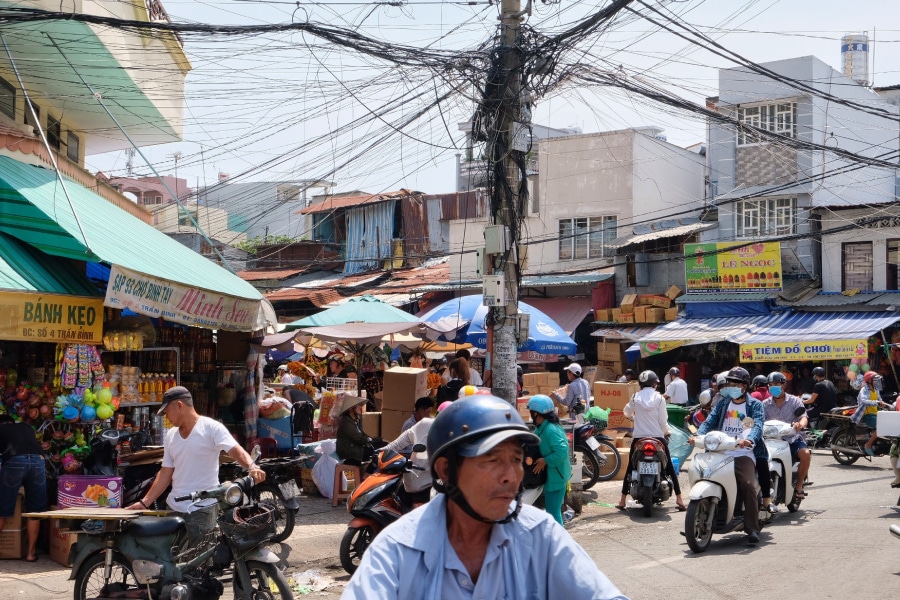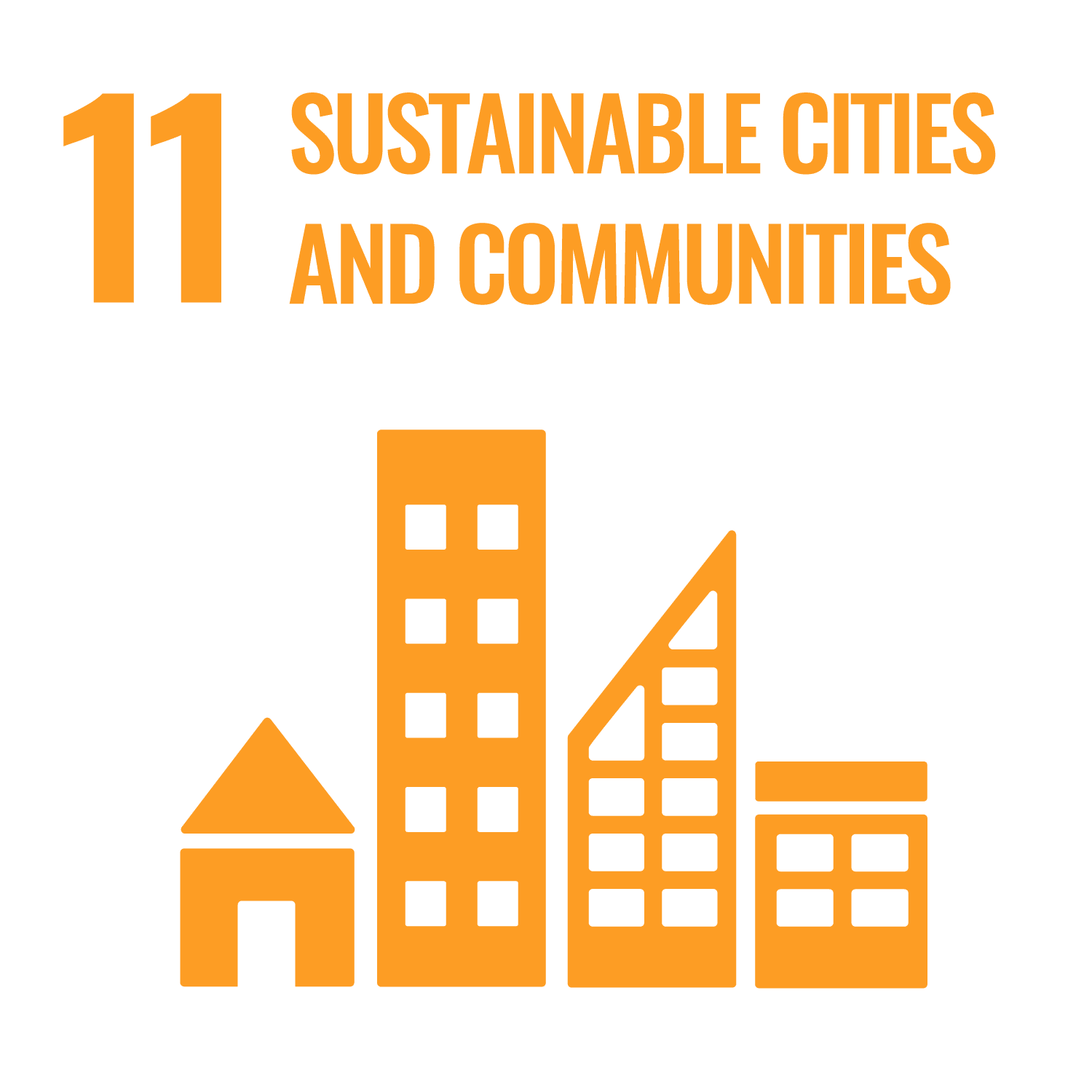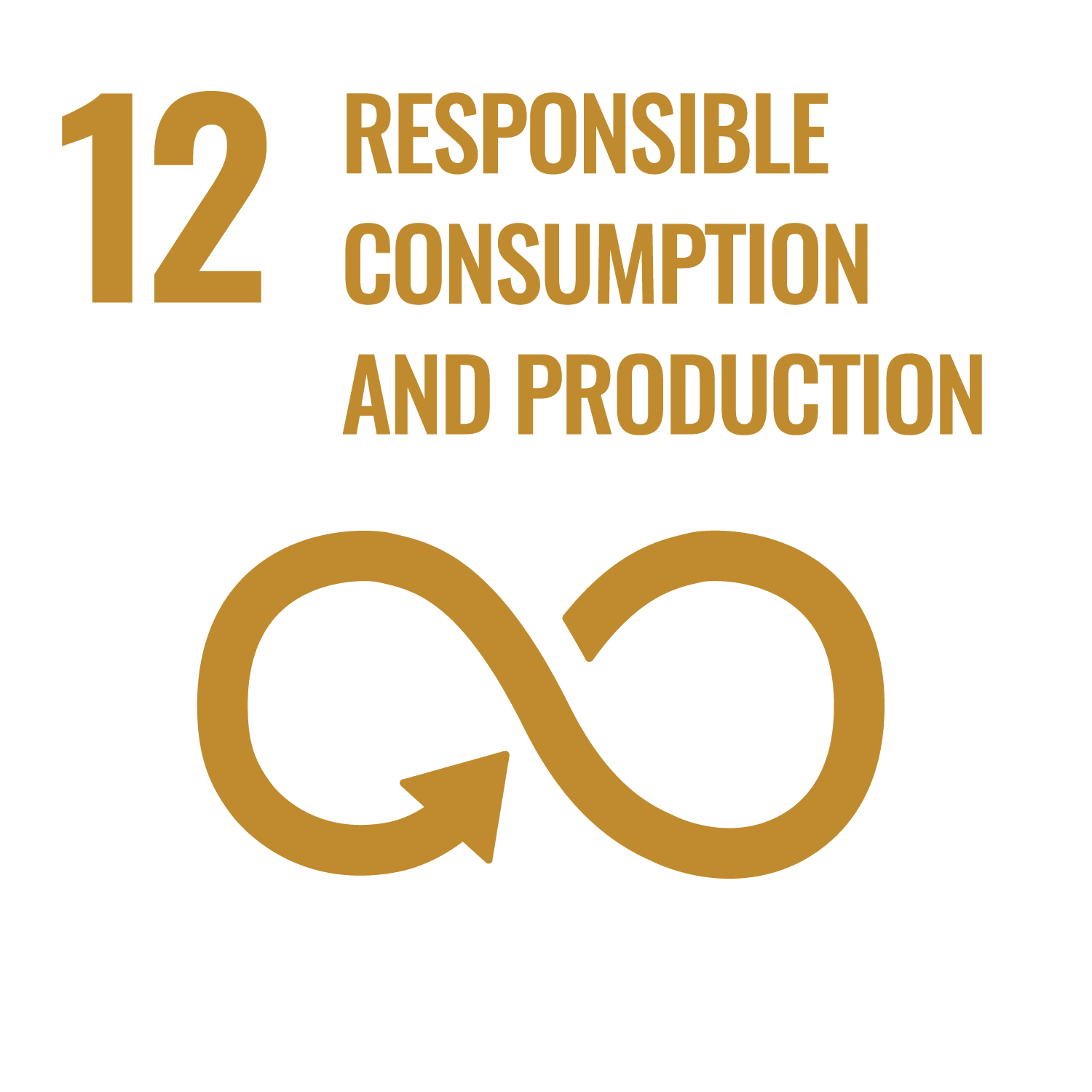A 6-minute read on how IoT automation and PropTech can help achieve sustainable development with a focus on goals 9, 11, and 12 of the UN Agenda 2030.
Sustainability is not taken lightly anymore
The late professor in Global Health, Dr. Hans Rosling, had a mantra as an evangelist of statistics: the world and the life for humans are getting better and better and we can thank technology for that. He often used the electric washing machine as the epitome of how relief of manual household chores created time for better education and schooling, especially for women outside the wealthy classes.

processing industry that gave us time to read books.”
We cannot say that better technology is the primary solution to each of the UNs 17 goals for sustainable development. What we can say is that many companies and organizations want to comply with the goals and use technology to measure and present effects.
Regardless if the reasons are altruistic or motivated by economy and brand strategies, sustainability is not taken lightly anymore. Annual reports today are not merely financial statements. Gender equality in salaries; demography and diversity in management; CO2-footprints and environmental investments; action plans for better working conditions in third world production sites are some of the ethical factors that fund managers and investors must include in the choices of stocks for their portfolios.
Three sustainability goals in focus for IIoT
Increased real-time insights will entail more effective and data-driven production. Digital networks of machines, real estates, and people will provide better data for accurate predictions of demand. Authorities can more easily require and acquire reliable reports on consumptions and emissions, etc. Below we focus on the three sustainability development goals where we believe IIoT can have a most significant and positive impact.
According to the UN, 96,5% of the world’s population lives in areas covered by, at least, a 2G network for telecommunications. IIoT solutions can thus, to various extent, be used all over the world. That means less travel, faster support cases, more uptime, etc if machines are on-line and offer remote access for their service personnel.
Today manufacturing in a third world country only adds 5-8% to the total value of a product. If the net cost price of a commodity is $100, $5-$8 are paid to the manufacturer, the rest goes to suppliers of raw materials, transports, marketing, and resellers, etc. In Eastern and South-Eastern Asia (South Korea, Japan, Singapore, Hong Kong, Taiwan, and parts of mainland China), the added value is highest in the world. The manufacturer’s cut is 25-26% due to a higher degree of R&D and complex automation added in production. For the United States, the number is 11% and for Sweden, it is 13%. Full list here.
Countries and business owners relying just on the abundance of cheap manual labor are facing very fierce competition from smart factories with higher over-all profitability.

Costs of investments in infrastructure
Sustainable cities and communities
The environmental effects of large cities are literally blowing in the wind.
The energy used for heating, cooling, traffic, and production, etc in dense urban areas leads to higher local temperatures. The variances in temperatures, compared to rural areas, generate hard winds and more frequent thunderstorms. With IIoT and PropTech, the use of energy in buildings, households, industries, and traffic can be much better optimized.
As an example, the property owner of our own office building took on a challenge to cut their use of energy to 50%. Just by adjusting the timers for the heating and ventilation systems and by changing the triggers for window blinders, etc, the goal was met.
To cut the energy consumption another 50%, they had to become more proactive than reactive in their energy optimization. The pre-heating of the skeleton of a building uses far less energy than heating of a room with AC or conventional radiators. The downside of the method is that it takes hours instead of minutes to change the temperature.
By adding analyzes of their tenant’s daily behaviors and weather forecasting services plus some new sensors, more accurate predictions can be calculated. Pre-heating can now be used more effectively with fewer compromises in comfort.
Smart cities
IIoT and smart cities can be used by authorities to predict and manage environmental hazards, traffic jams, commuting services, etc. By combining data from traffic sensors in a city, from cars, from public transportation, from air quality sensors, weather services, etc, reliable forecasts can be made and countermeasures coordinated. Road tolls, parking fees, and tickets for public transportation can be based on daily predictions to create optimal flows of traffic. User groups such as commercial transport of goods, taxis, tourists, and residents can be identified and have differential pricelists.

Masdar City in Abu Dhabi, UAE, is a large scale eco-village. The wind tower seen above is a centerpiece for controlling the thermal airflows inside the city. Based on numerous sensor data, the tower can calculate when it is most effective to use its fans to inhale cool air into the city or to exhale warm air from the city. Streets, buildings, walls are also designed as wind funnels to cool down the air streams regardless of direction.
This goal has double incentives for most organizations. Besides sustainability, excess production and waste of resources are not desired even in economies based on capitalism. Having goods in stocks comes with costs of the actual shelf space and when assets are locked in an idle state. In a Lean ‘Just in Time’ manufacturing, your goods turn to active, investable money quicker. IIoT helps this goal in two ways, where Return on Investments are easy to calculate.
Better prediction of demand
The crystal balls for the forecast are getting more precise. Most large enterprises analyze what is going on in the world economy on a macro level. Bloomberg and Reuters and others provide data regarding GDP prognosis with drill-down data for various industries on a general level. For some macro-analysts, this is not enough. Their mathematical models need the water level of German rivers and the power consumption in Brazilian mines to be complete.
Anonymized niche data gathered from IIoT-systems has already started to become a valuable commodity. Google, Facebook, and Instagram have built their fortunes from collecting and selling data from users of their services. It does not seem far-fetched to predict discounts on B2B Cloud services, depending on how much data the users are willing to share.
The suppliers of machines including IIoT solutions will have more exact data from their customers. They can be proactive in the forecasting of when and where service, spare parts, and consumables are needed. Their customers can have service and maintenance agreements tailored from actual needs instead of fixed intervals or lease a machine and just pay for actual usage. Once again, the economic growth will not be restrained by not producing more than it can sell.
Better Overall Equipment (and Resource) Effectiveness
Producing a commodity, higher quality and a lower cost per unit is means better profitability. Unless you have a monopoly or an extremely high brand value as Harley Davidson.
The unit cost will be lower if your machines are used optimally. To high pace in production can entail an exponential increase in risks for damages and stops. Discarding a share of your commodities is also a cost due to low quality. It can be caused by raw material used in the production, the design of the manufacturing process, or in the training of the staff operating the processes, etc. OEE systems provide tools for comparisons, analysis, and identification on where you can improve quality and the effective use of machines. Combined with extra sensor data on power consumption or water used for cooling in a production site, and other indirect costs not measured in OEE, you can find the economically optimal pace for your production
Data-driven analysis of your use of resources will be quicker, more accurate, and not made on assumptions. The results of investments in new machinery, better maintenance, and training programs will show equally fast.
Do you work with sustainability?
Contact us to find out more on how your Smart Machines and Smart Buildings can help your goals for sustainable development. In Connectitude IIoT Platform™ includes a lot of features you can add to your IIoT or proptech solution.




